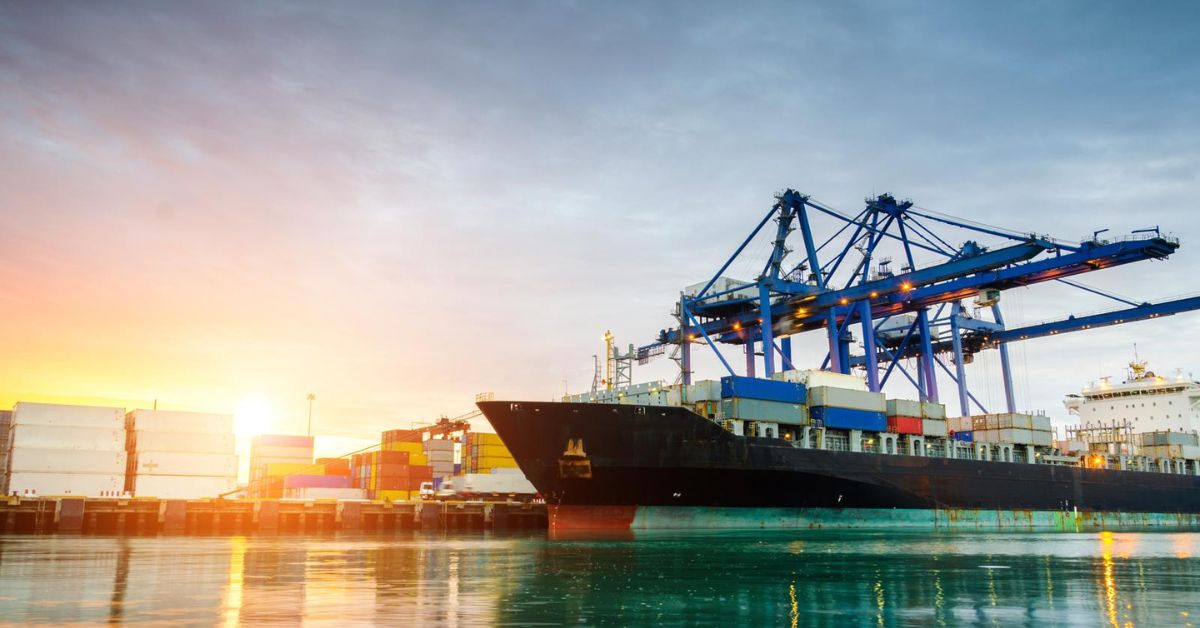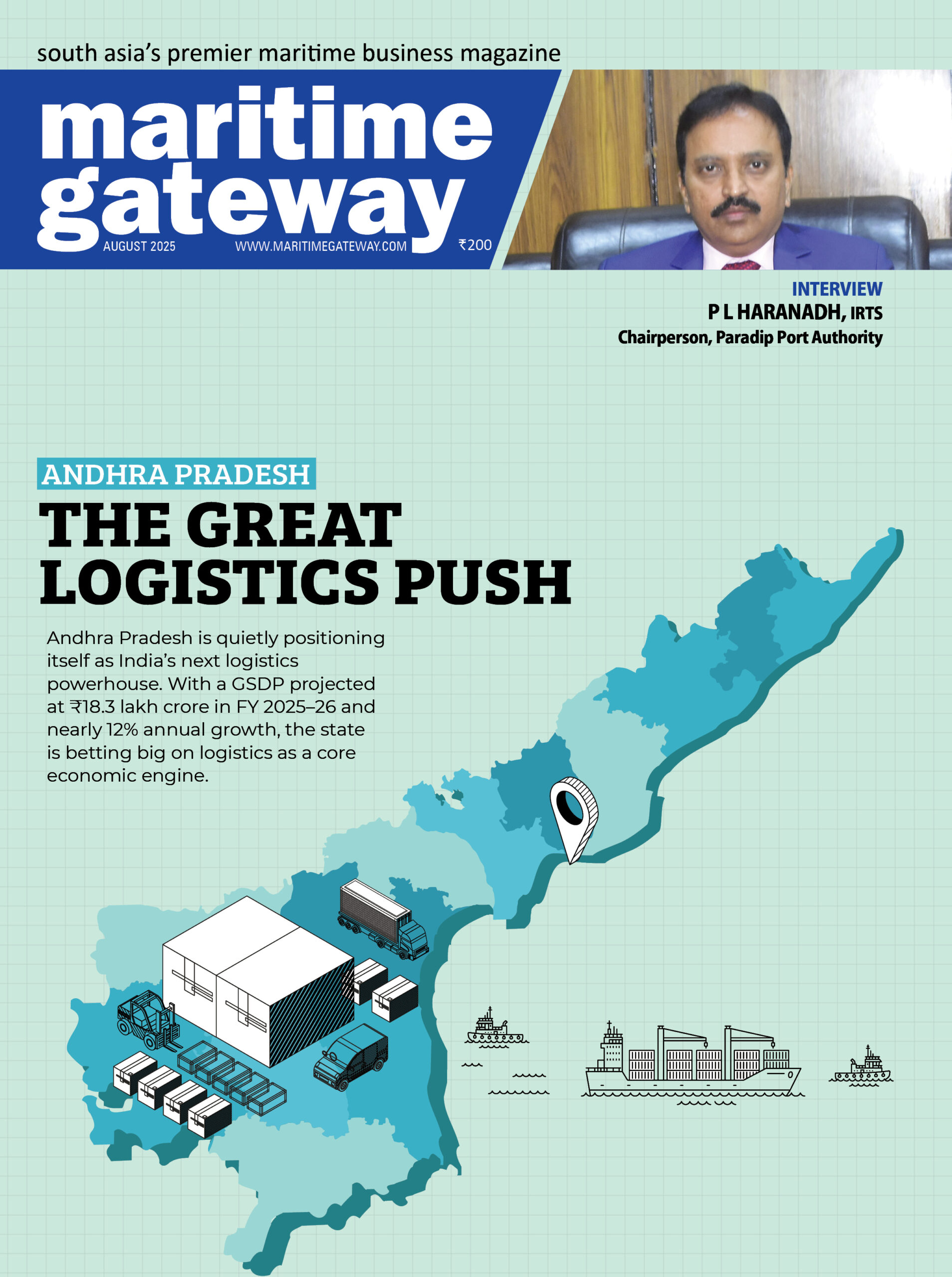As India aspires to emerge as a competitive shipbuilding and maritime manufacturing hub, the success of this ambition hinges not just on steel and infrastructure—but on finance. Access to structured capital, efficient leasing frameworks, and risk-adjusted asset valuation models are increasingly being recognized as the keystone for India’s maritime future.
While recent government initiatives and industrial policies have reignited interest in domestic shipbuilding, a deep-rooted structural gap remains: India lacks a robust ecosystem for ship finance and leasing that can support both public and private sector aspirations.
Asset-Based Financing: The Missing Middle
For decades, India’s ship financing models have largely been ad hoc and project-specific, often relying on conventional lending practices or government subsidies. Financing decisions were seldom based on the intrinsic value or long-term utility of the vessel as an asset. This approach has created a vacuum in institutional ship finance, leaving shipyards and operators heavily dependent on external partnerships or overseas lenders.
However, the global trend is unmistakable—asset-based financing is becoming the backbone of maritime investment. Leasing arrangements, residual value evaluations, and revenue-backed repayment models dominate the playbook of nations with thriving shipbuilding industries. In contrast, Indian banks and financial institutions often lack the technical understanding or risk appetite to engage in vessel-backed financing. There is a clear need for trained specialists within the banking ecosystem who can assess shipyard performance, understand hull value depreciation, evaluate long-term charter contracts, and price in residual value risk.
A move towards asset-based financing—supported by buyer contracts and commercial leasing frameworks—can significantly improve the bankability of Indian shipbuilding projects. It also enables a shift from transaction-led funding to long-term capital investment strategies.
Leasing Models: Learning from Global Practice
Globally, leasing has emerged as a dominant method for vessel acquisition—offering flexibility to shipowners and recurring revenue to financiers. Countries like China, Japan, and South Korea have leveraged ship leasing to anchor domestic orders, promote financial circularity, and deepen engagement with global shipping lines.
In India, however, maritime leasing is still at a nascent stage. Institutional investors, public sector insurers, and leasing arms of major banks have shown only limited interest, largely due to a lack of specialized instruments and standardized risk mitigation frameworks.
There are early signs of policy alignment. India’s International Financial Services Centres (IFSCs)—particularly GIFT City in Gujarat—are now being positioned as potential hubs for ship leasing. But to succeed, this vision must be backed by investor education, regulatory clarity, and international partnerships. Structured joint ventures with established players in Singapore, South Korea, or the UAE could help accelerate the development of India’s leasing capabilities.
Bridging the Knowledge Gap: Institutional Competence and Risk Analysis
One of the fundamental challenges in India’s maritime finance landscape is a lack of dedicated institutional capacity. Ship financing is not real estate or auto lending—it is a technically intensive, globally benchmarked domain that requires domain expertise. From assessing engine specs to understanding charter party agreements and evaluating scrap value, the due diligence process is multi-dimensional.
There is an urgent need to build capacity within Indian banks, insurance companies, and NBFCs to undertake such evaluations. A centralized ship financing agency, under the aegis of the Ministry of Ports, Shipping and Waterways or in partnership with the Reserve Bank of India, could offer a dedicated credit evaluation mechanism for maritime assets.
Incentivizing maritime lending through tax benefits, interest subvention, or guarantee backstops could also help derisk participation by domestic financial institutions. Creating an Indian ship finance corpus—similar to Korea’s K-SURE or China Exim’s targeted funds—could bring much-needed depth to the market.
Foreign Investment and Strategic Collaboration
Multiple global players have shown interest in Indian shipbuilding projects—from Korean design firms to Japanese leasing companies. However, many remain cautious, citing lack of clarity in financing structures, uncertain timelines, and an underdeveloped leasing ecosystem.
As one industry expert observed, “We’ve seen Reliance, KPR, ADB and others attempt partnerships, but many of those collaborations haven’t yielded expected results.” This underscores the need for credible, long-term policy continuity and professionalization of project development cycles.
A strategic approach could involve encouraging Indian shipyards to offer build-own-lease-transfer (BOLT) models to global shipowners, where the yard finances and constructs the ship, leases it to the operator for 20–30 years, and eventually transfers ownership. Such models require high upfront capital but can be de-risked with government-backed guarantees and long-term offtake contracts.
Creating a Pipeline: Demand Visibility and Risk Sharing
Financiers seek predictability, and the shipbuilding sector must work closely with the government and shipping lines to offer long-term visibility into demand. India’s push toward fleet expansion under the Maritime India Vision 2030, coastal cargo promotion, and fleet modernization for inland waterways can create that predictable demand base—if tied with structured tenders, lease-backed procurement, and viability gap funding.
For example, port craft, coastal cargo vessels, inland ferries, and offshore supply vessels represent a viable pipeline for Indian shipyards. By enabling states and port authorities to procure these vessels via long-term lease or lease-purchase mechanisms, the government can create a steady order book while reducing fiscal burden.
Regulatory Realignment and Next Steps
To unlock ship financing at scale, regulatory realignment is essential. Key recommendations include:
- Establish a dedicated Ship Finance and Leasing Regulatory Framework, aligned with global best practices
- Create a maritime finance training curriculum across major banking institutions
- Enable IFSC-based ship leasing firms with relaxed capital requirements and tax incentives
- Launch a national shipbuilding credit guarantee fund to underwrite early projects
- Develop a centralized ship asset registry and valuation database
Moreover, policymakers must recognize that finance is not just a support service—it is the engine room of shipbuilding. Without effective financing, infrastructure alone cannot deliver industrial growth.
Looking Ahead: Scaling Indian Shipbuilding with Smart Capital
India’s maritime industry is at an inflection point. With over 1,500 registered vessels, a growing coastline economy, and renewed strategic focus on shipbuilding, the country has the ingredients to become a formidable maritime player. But the capital architecture remains fragmented and underprepared.
The next wave of growth must be powered by indigenous financing mechanisms, smarter leasing structures, and deeper collaboration with global capital. Whether through sovereign-backed leasing entities, IFSC-driven instruments, or blended finance models, the sector must institutionalize maritime finance as a national priority.
As one veteran observed, “We need to go beyond one-off projects. The ecosystem needs a financial nervous system—connected, responsive, and built for scale.”
Shipbuilding is a capital-intensive, long-gestation industry. To scale up, India must finance smart—and finance bold.









